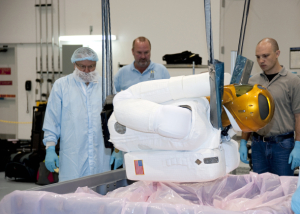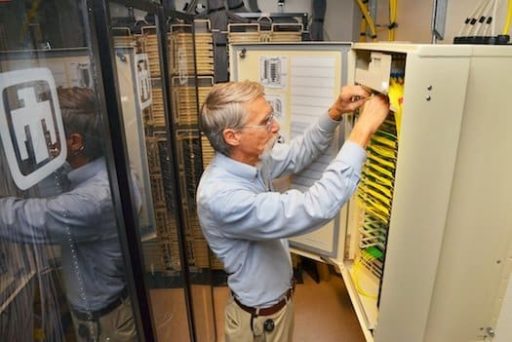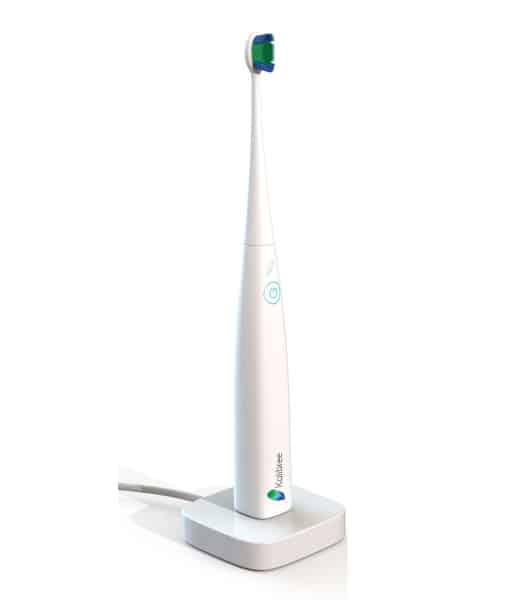We were hoping NASA’s first robot astronaut, Robonaut 2 or R2, would get a stylish sci-fi type launch into space, perhaps sitting next to human astronauts. But it turns out, reality is rarely as glamorous as the movies. R2 will be carefully packed inside dense foam and an aluminum frame that’s specially designed to withstand the intense vibrations and gravity forces the bot will experience during its ascent into orbit.
Engineers have spent several months devising the best way to secure the humanoid so it arrives at the ISS unharmed. The engineers concocted a plan to attach the robot to a base plate with its back and shoulders supported. They cut foam blocks to fit the robot’s shape and made sure to construct the packaging so astronauts could easily remove R2 when it’s ready to report for duty.
The special enclosure even has its own acronym–Sleepr, or Structural Launch Enclosure to Effectively Protect Robonaut.
R2–which has a torso with a head, two arms, two humanlike hands complete with four fingers and one thumb each, and its own Twitter account–will join the STS-133 mission on the space shuttle Discovery.
Once inside the ISS’ Destiny orbiting laboratory, engineers will test how the robot operates in microgravity and subject it to the station’s radiation and electromagnetic interference environments. It’s expected to become a permanent resident of the ISS, possibly working side-by-side with astronauts in the future.
The second-generation robot, produced from a 3-year-old joint venture between NASA and General Motors, is described as more dexterous than its predecessor and able to handle tools and interfaces more than four times faster. Engineers on the ground in Houston will man the robot remotely via laptop.
At 330 pounds, R2 is too heavy to be strapped into an empty seat and instead will be transported inside the Permanent Multipurpose Module in space shuttle Discovery’s payload bay. By spaceflight standards, NASA says, R2 is possibly the heaviest payload to be taken into space inside a cargo module. Once inside Sleepr, it weighs more than 500 pounds. Yes, cranes will be involved.
Interestingly, NASA’s analysis has shown that R2 will best tolerate the unique forces of launch if it’s oriented in the same direction as the astronauts–facing toward the nose of the shuttle with the back taking all the weight.
It’ll be a big trip for R2, and it’s getting plenty of rest in preparation. “I have my protective cover on for the night,” the robot tweeted Thursday afternoon, pointing to a picture of itself wrapped in robot Saran Wrap. “What a busy day! Glad I’m getting a break tonight.”
Source: CNET.




